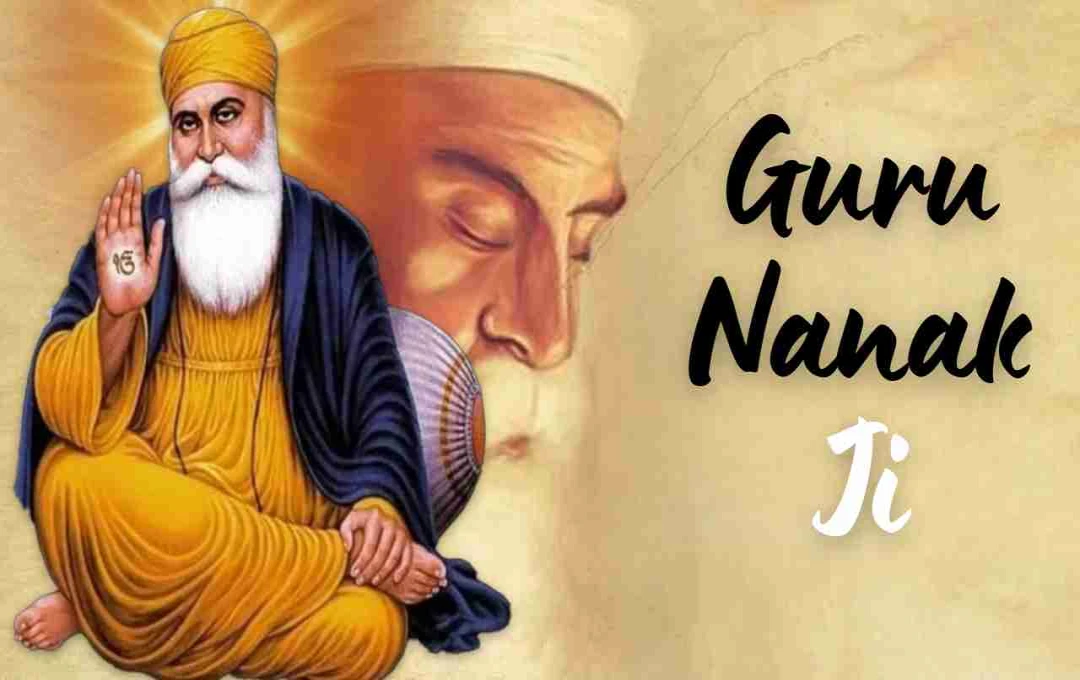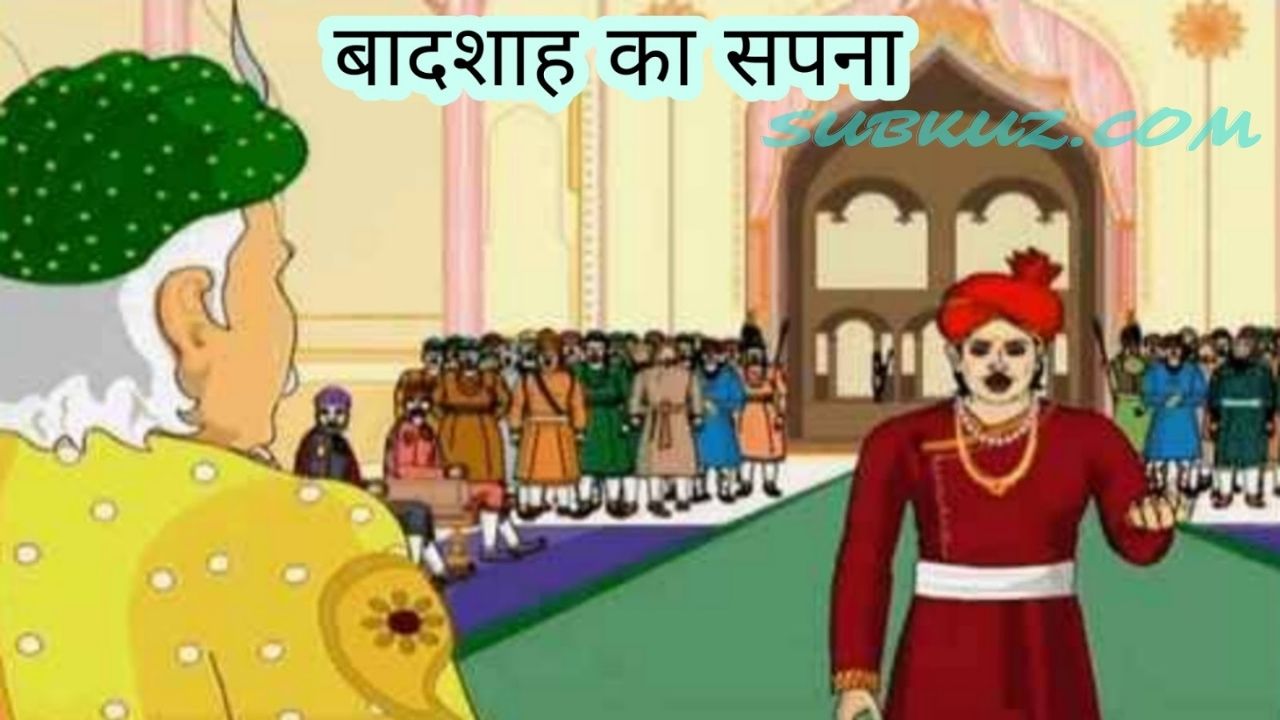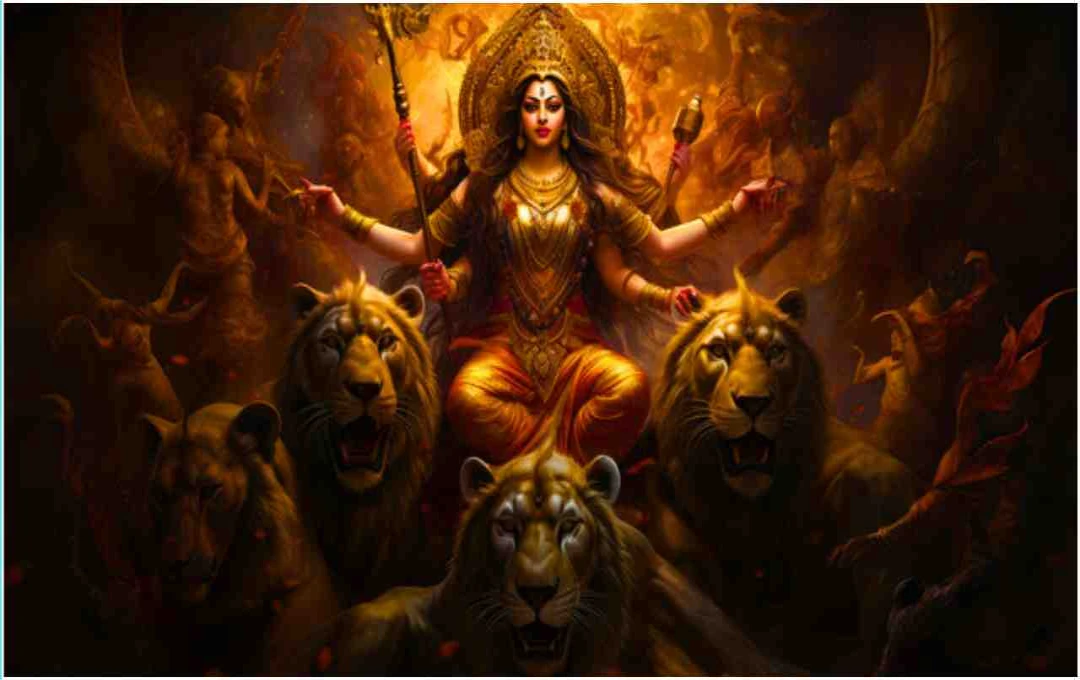Guru Nanak Dev Ji was the first Guru and spiritual leader of the Sikh religion. He was born in 1469 in Talwandi (now Nankana Sahib, Pakistan). He was a propagator of spiritual contemplation, service, and the message of equality.
Guru Nanak: is a source of inspiration not only for the followers of Sikhism but for all of humanity. He was born in 1469 on Kartik Purnima in Talwandi (now Nankana Sahib, Pakistan). He is known by the names Nanak, Nanak Dev Ji, Baba Nanak, or Nanakshah. Guru Nanak's personality was not limited to being a religious leader; he was also a philosopher, social reformer, poet, patriot, and universal brother. His life and teachings continue to guide people worldwide today.
Childhood and Early Life
Guru Nanak's childhood was known for his unique intelligence and spiritual inclination. From birth, he had little interest in worldly attachments and material desires. His parents, Mehta Kaluchand Khatri and Tripta Devi, encouraged him towards education and social values, but Nanak's mind was not inclined towards education and sports. At the age of seven or eight, he left traditional school education. His focus was solely on God and spiritual contemplation.
Many incidents of his childhood are considered miraculous. It is said that once a serpent came to provide shade over his head, seeing which the ruler of the village, Rai Bular, bowed down to him. His sister Nanaki and other people of the village had recognized his divinity.
Family Life and Marriage
Nanak Dev Ji was married at the age of 16 to Sulakkhani, who was a resident of the Lakhauki area of the Gurdaspur district. They had two sons—Sri Chand and Lakhmidas. Sri Chand later became the founder of the Udasi sect. In 1507, leaving the responsibility of his family to his father-in-law, Guru Nanak set out on a pilgrimage with four main companions—Mardana, Lahna, Bala, and Ramdas. This journey was called 'Udasiyaan'.
Guru Nanak's Udasiyaan (Travels)
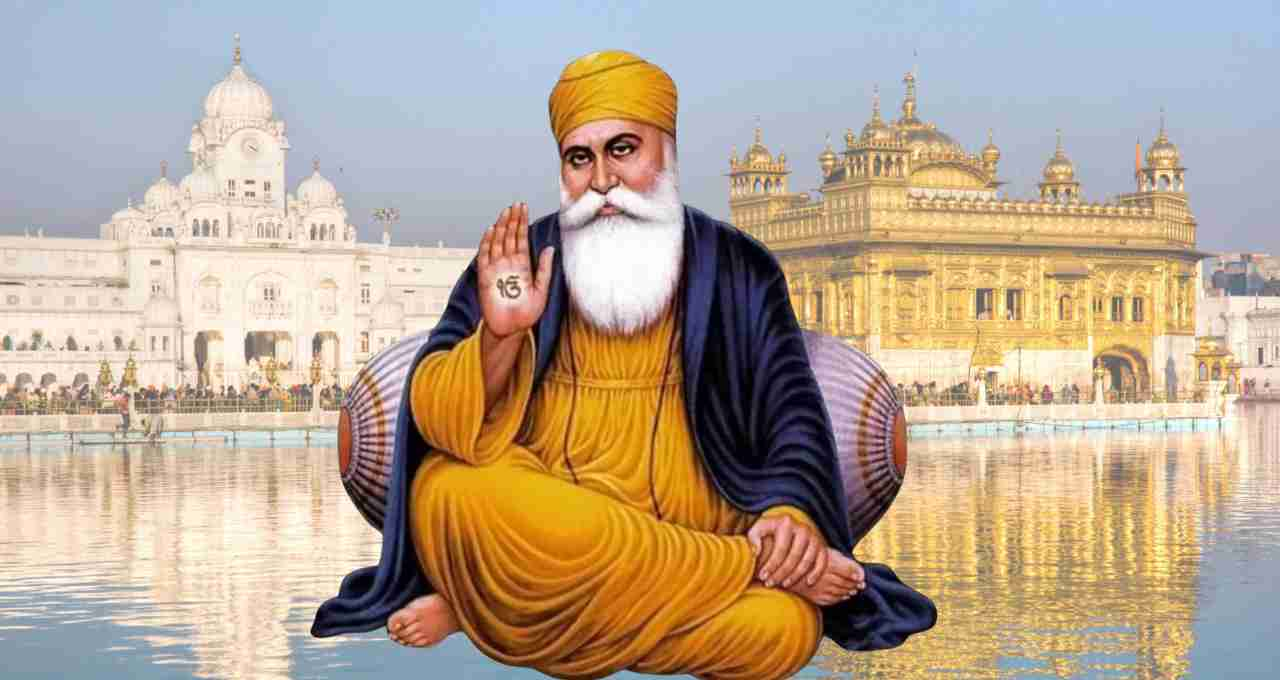
Guru Nanak Dev Ji's four major journeys are known as 'Udasiyaan' in the Sikh tradition. These journeys were not merely geographical tours but were aimed at spreading the purpose of his life—equality, unity, and devotion to God.
- First Udasi (1500-1506) – Travel to Eastern India
In the first Udasi, Guru Nanak left Punjab and traveled to the eastern parts of India. During this time, he visited Sultanpur, Panipat, Haridwar, Banaras, Patna, Puri, Assam, and Dhaka. He gave the message of humanity, equality, and worship of God in every place. - Second Udasi (1506-1513) – Travel to South India
In the second Udasi, Guru Nanak traveled to South India. Major sites included Rajasthan, Gujarat, Maharashtra, Andhra Pradesh, Tamil Nadu, and Sri Lanka. Here, he gave spiritual teachings to people at various religious sites and spread the message against casteism and social inequalities. - Third Udasi (1514-1518) – Travel to the Himalayas and Tibet
In the third Udasi, Guru Nanak went north towards the Himalayas and Tibet. Kashmir, Nepal, Tashkent, Tibet, and Kailash Mansarovar were his major stops. The purpose of this journey was to tell people the importance of asceticism and devotion to God in life. - Fourth Udasi (1519-1521) – Travel to the Middle East
In the fourth Udasi, Guru Nanak went west towards the Middle East. In this journey, he visited Kabul, Baghdad, Mecca, and Medina. During this journey, he established dialogue with people of different religions and cultures and gave the message of equality and humanity.
These travels of Guru Nanak are indicative of his global perspective and his b message towards humanity.
Controversies and Historical Perspectives
There have also been disputes among scholars regarding the details of Guru Nanak's travels. Early Sikh texts do not mention some places and events. The Janamsakhis of the 19th century describe his four Udasis in more detail. Some Western scholars believe that the narratives of these travels later incorporated Sufi traditions and local legends.
In particular, there is more controversy regarding the Middle East travel and the Baghdad stone. Some say that Guru Nanak was there in 1511-1512, while others consider it a 19th-century inscription. Such controversies raise questions about the historical authenticity of his life and works.
Guru Nanak's Philosophy
Guru Nanak Dev Ji was pantheistic. Contrary to the tradition of idolatry, he showed the path of worshiping only one God. His philosophy was based on humanity, equality, and respect for women. He raised his voice against casteism, social discrimination, and religious superstition.
His teachings inspire dedication to humanity and God. He did not limit religion to mere rituals and external worship but emphasized connecting it with devotion to God and ethics in every aspect of life.
Guru Nanak and Hindi Literature
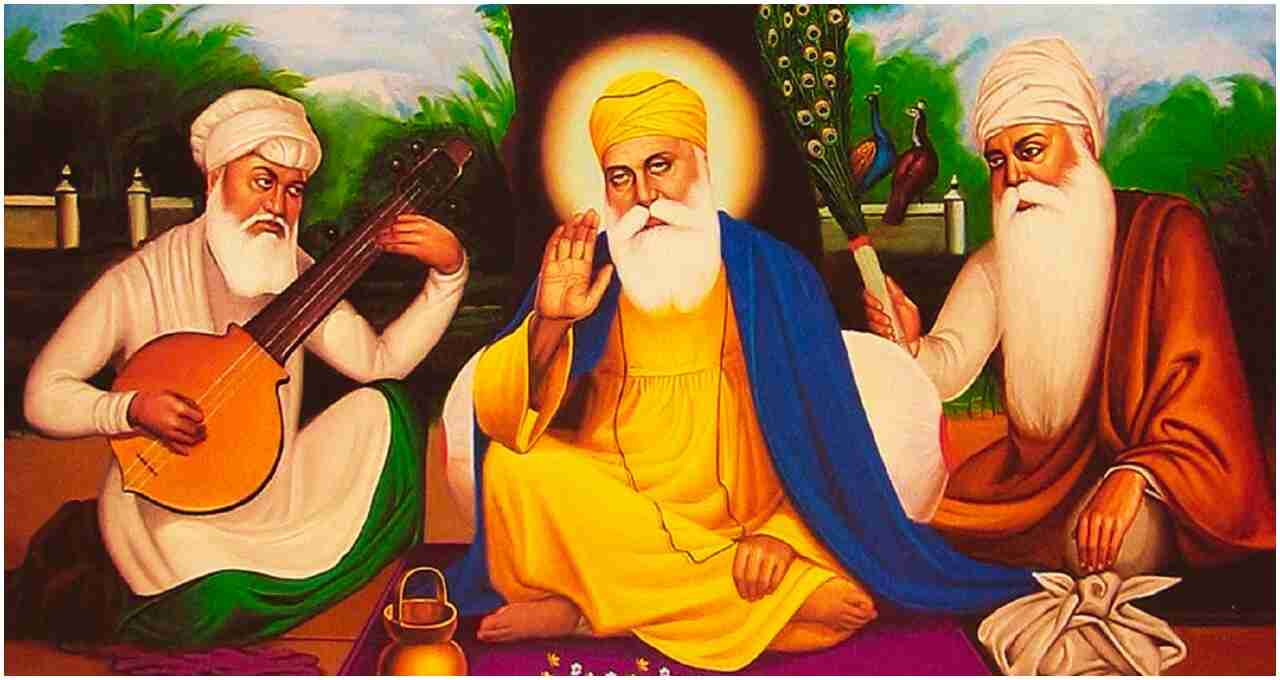
Guru Nanak Dev Ji's contribution to Hindi literature is also invaluable. He is famous as a poet-element of the Nirgun stream of the Bhakti period. His teachings and hymns are compiled in the 'Granth Sahib'. According to Acharya Ramchandra Shukla, his hymns are filled with devotion and spiritual contemplation.
Guru Nanak's literary contribution inspired not only Sikhism but also the entire Indian literature. His hymns convey the message of life beyond rituals and spiritual guidance.
Social Perspective and Contribution
Guru Nanak also did significant work in the field of social reform. He emphasized women's rights in society, service to the poor and victims, and religious equality. His messages fought against the religious orthodoxy and social injustice of that time.
He was not only a religious guru but also a social reformer, philosopher, and humanist. The main objective of his life was to see the light of God in all human beings and to spread the message of love, equality, and brotherhood.
The Golden Temple is not only the religious center of Sikhism, but it is also a symbol of humanity, service, and equality. Its grandeur, langar service, and open doors for all make it a unique spiritual place. Here, devotees experience peace, devotion, and brotherhood.
